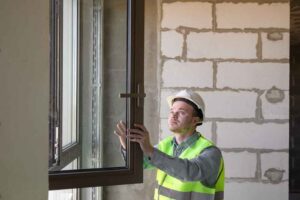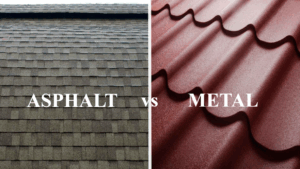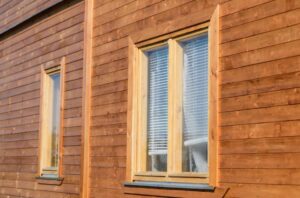When it comes to Midwest weather, Omaha homeowners know to expect the unexpected—hailstorms, heavy snowfall, high winds, blazing heat, and bitter cold all in the same year. Your home’s exterior needs to be more than just stylish; it needs to be tough. That’s where metal siding comes in.
But how does it really perform when the skies turn dark and the forecast looks grim? If you’re considering metal siding for your home, here’s everything you need to know about how well it stands up to the elements.
Built for Battle: The Weather-Defying Strength of Metal Siding
Metal siding isn’t just for barns and industrial buildings anymore. Thanks to new design trends and advanced materials, it’s becoming a popular choice for modern homes—and for good reason. Let’s explore how it handles the toughest weather Omaha throws its way.
1. Wind Resistance: Solid as Steel (Because It Is)
One of metal siding’s greatest strengths is its resistance to wind. Properly installed metal panels are locked tightly in place and don’t flap, crack, or shift like some other materials. Many metal siding systems are rated to withstand winds of 140 mph or more—well above what we typically see in Nebraska’s storm season.
Unlike vinyl, which can become loose or brittle, metal siding is incredibly rigid. It’s not just about holding on—it’s about staying unshaken.
2. Hail Protection: A Natural Shield
Here in Omaha, hail is no joke. But metal siding performs remarkably well under impact. Aluminum and steel siding can take a beating without cracking or splintering. You might see a few cosmetic dings after a severe hailstorm, but structurally, the panels remain intact and protective.
Some higher-gauge steel products even come with impact resistance ratings, making them a smart choice for homes in hail-prone regions like the Midwest.
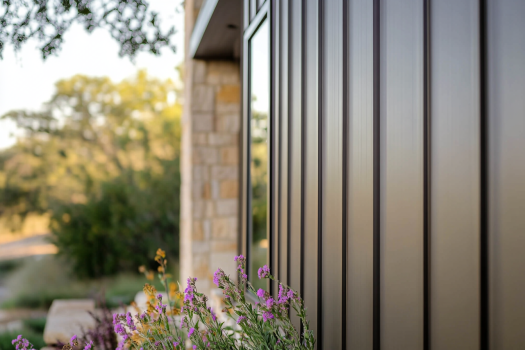
3. Water Resistance: Zero Absorption, Total Protection
Water is the enemy of many siding materials—but not metal. Metal siding doesn’t absorb moisture, doesn’t warp or swell, and doesn’t allow mold to take hold. It creates a firm, watertight barrier when properly installed with flashing and underlayment.
During heavy rains or rapid freeze-thaw cycles, this non-porous surface keeps moisture out and helps preserve the integrity of the structure beneath.
4. Fire and Heat Resistance: A Cool Customer
In addition to wind and water, metal siding is non-combustible, which means it won’t ignite if exposed to sparks, lightning strikes, or embers. It’s also highly reflective, helping to bounce back heat during those hot summer months and keep your home cooler.
Plus, with modern coatings and finishes, fading and chalking are significantly reduced—even after years of sun exposure.
A Few Things to Keep in Mind
While metal siding brings a lot of muscle to the table, it’s not entirely without downsides:
- Denting: Large hailstones can leave visible dents, especially in softer aluminum.
- Noise: Without proper insulation or installation, rain and hail can be noisier on a metal surface.
- Cost: Metal siding tends to have a higher upfront cost—but its long-term durability often offsets that investment.
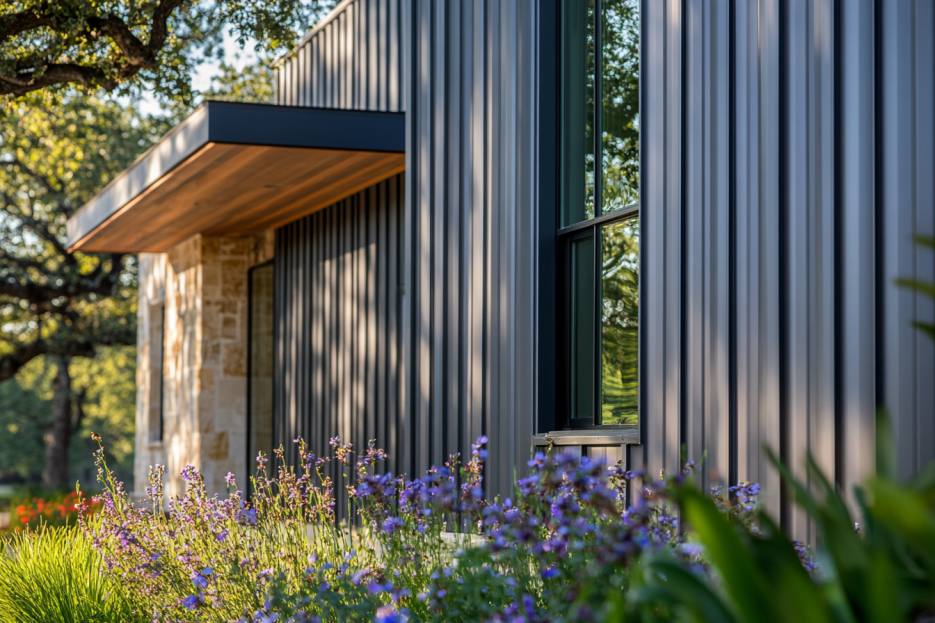
Final Verdict: Is Metal Siding Omaha-Weather Approved?
Absolutely. Metal siding is one of the toughest, most weather-resistant options available for your home. With its ability to resist high winds, repel water, shrug off fire threats, and hold up under hail, it offers serious peace of mind in unpredictable climates.
If you want an exterior that’s as strong as it is sleek, metal might be your match.
Shield Your Home with the Power of Metal—Call Bishop Exteriors
At Bishop Exteriors, we help Omaha homeowners protect what matters most with siding solutions built to last. Whether you’re upgrading your home’s defense with durable metal siding or exploring the best fit for your budget and style, our team brings expert advice, top-tier products, and trusted craftsmanship to every job.
Don’t let the next storm catch you off guard—reach out to Bishop Exteriors today for a no-pressure consultation and see what our siding expertise can do for your home.


